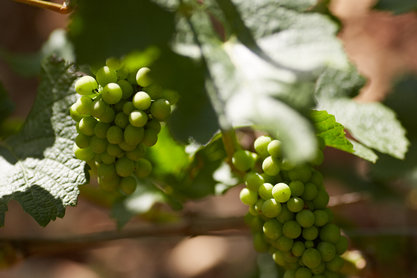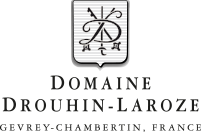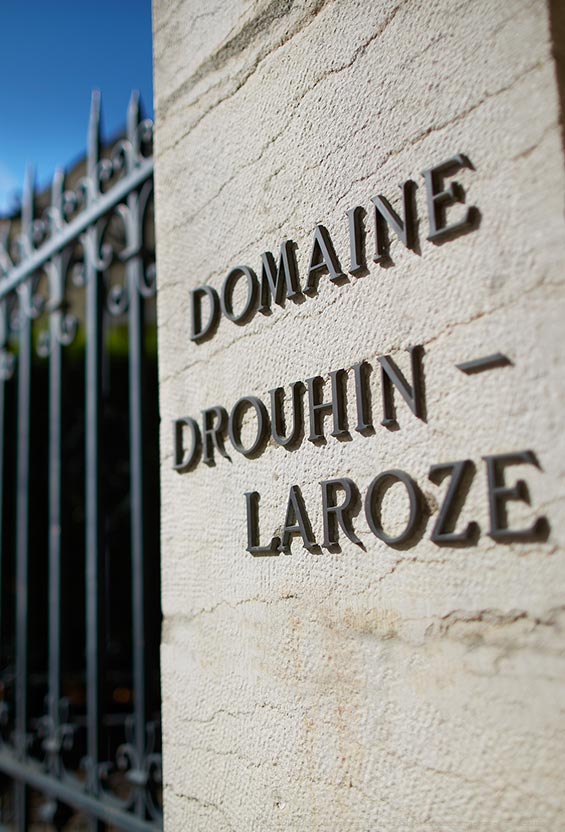
About the Climate 2012
Annual climate references
Budburst: early to mid-April
Flowering: Flowering: June 2-25
Start of veraison: August 1
Harvest: September 20
The vine's period of
rest
- October to March -
Rain, rain and more rain!
After a very dry (5 mm) but very cold (-4.2° C compared to normal values) FEBRUARY, 13 days with no thaw between the end of January and February, and an almost summery and quite dry (30 mm) MARCH, spring began on a dry note...which didn't last long!
- April to September -
From the start of APRIL, rain made its entry and didn't leave us for weeks on end. With an average of 85 mm, April 2012 rainfall was higher by 40% than normal seasonal values and 77% higher than in April 2011. Temperatures saw a substantial drop.
MAY underlined this tendency, with an average113 mm, smashing the 71 mm normal (+60%). The hoped-for let up in JUNE didn't materialise, with the rain more present than ever. Rainfall levels were hugely in excess over all sectors : +50% on average.
After 3 months of heavy rainfall, the sun's return was awaited, to say the least. However, in JULY the weather didn't really change direction; the rainy spells continued one after the other, and even though there was a bit of a let up, average rainfall was again +50%.
Summer finally arrived, with AUGUST a saving influence in all respects. Despite a few stormy spells, good weather prevailed up to the harvest.
Vine's evolution
- April to September -
The stages of vegetative growth followed one other under very difficult weather conditions, with growth sometimes varying from an early stage to a late one in the same parcel, and ranging from no growth to explosive growth in the space of a week. Under these extreme conditions, weather incidents followed one another, with two spells of spring frost - in mid-April and, much rarer, in mid-May - followed by heavy flower loss due to the staggering of flowering over nearly three weeks under alternating rainy and cold conditions, then continuing with a scalding (burnt berries) due to the extreme temperature rises at end-July and throughout August. All these events contributed to the decrease in probable yields and did nothing for our morale. At the same time, contamination from cryptogrammic diseases ran non-stop; 2012 will truly remain in memory as one of, if not the greatest, years of mildew ever experienced in our vineyards, along with exceptional pressure from oidium at the end of the season, producing serious attacks on the grape bunches. The positive element this year was the weak presence of botrytis, explained partly by low temperatures unfavourable to its development.
September saw good weather up to the harvest, making it possible to harvest grapes that were beautifully ripened and in an improbable state of good health given the year's weather and the pressure of diseases during the season.
It was only the constant presence of everyone concerned and plain hard work that made this result possible.
Harvest and Vinification
The harvest was carried out over three periods of time and three very distinct weather spells: the first part in lovely warm dry weather, the second in driving rainstorms, and the third under frequently cloudy conditions without significant rainfall but in a very cool, damp ambiance. If the grapes were perfect at the start of the harvest, the conditions described above were capable of rapidly damaging this quality. This is why we decided to harvest every day regardless of the weather, so as to bring in the harvest as quickly as possible and retain all the grapes' qualities. We think this choice has paid off and that thanks to the courage of all those in the field, who often worked under difficult conditions, we've brought in a healthy harvest.


